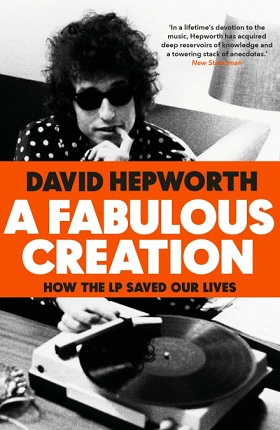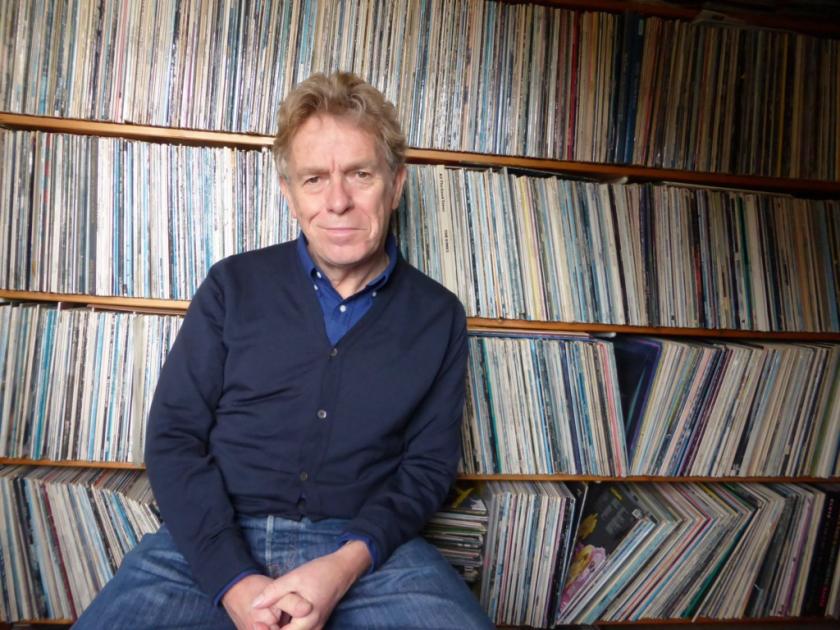Record Store Day is now a fixture on the calendar, a key element in “the vinyl revival”, and this year – 13 April – it’s possible to buy a special Rega Planar Plus 1 Turntable, one of a limited edition of 500 costing £299. A novelty to many – but not to those of us who still have proper hi-fi systems which in my case includes not only a turntable and CD player but also cassette player and recorder and its mini-disc equivalent. It seemed like a good idea at the time – I planned to transfer all my bootleg cassettes. It was my third “proper” system and its selection was the result of many hours spent comparing kit in various Tottenham Court Road emporia.
Today, such stores are hard to find, as are record shops. I’m thrilled that Liverpool’s Probe Records survives, though sadly not in the Cavern Quarter, for it was there, in the autumn of 1978, that I spent almost two weeks’ grant money on a Japanese pressing of Bob Dylan Live at Budokan, a double LP that remains far superior to the various British pressings and CD remasterings.
The era of the Dansette in which David Hepworth was a student was a decade past and the local electrical-cum-record dealers had mostly gone, replaced by small independent record shops with racks of covers and listening booths, and chain outlets such as HMV. There was excitement, or at least curios, to be found in all of them – though nothing compared to the thrill of the huge Tower Records I encountered on my first trip to San Francisco in 1982.
 Hepworth, who as a journalist presided over the launch of such magazines as Q, Mojo and The Word, and who was an anchor of BBC TV’s Live Aid telecast, has written an evocative book that’s part memoir, part social history of how the long-playing record saved our lives and transformed them. It is “dedicated to those who knew how it felt to carry an album down the street” – unbagged, its sleeve a signifier to the world of who you were. “It opened conversational avenues,” he writes. “When Mick Jagger walked on to Platform 2 of Dartford Railway Station in October 1961, the fact that he was carrying an import copy of Rockin’ at the Hops with Chuck Berry’s silhouette cut out on the cover was what attracted the eye of Keith Richards.” It was an encounter that changed musical history.
Hepworth, who as a journalist presided over the launch of such magazines as Q, Mojo and The Word, and who was an anchor of BBC TV’s Live Aid telecast, has written an evocative book that’s part memoir, part social history of how the long-playing record saved our lives and transformed them. It is “dedicated to those who knew how it felt to carry an album down the street” – unbagged, its sleeve a signifier to the world of who you were. “It opened conversational avenues,” he writes. “When Mick Jagger walked on to Platform 2 of Dartford Railway Station in October 1961, the fact that he was carrying an import copy of Rockin’ at the Hops with Chuck Berry’s silhouette cut out on the cover was what attracted the eye of Keith Richards.” It was an encounter that changed musical history.
LPs, invented jointly in the late 1940s by RCA and Columbia in order that symphonies and musicals might fill two sides of one record rather than innumerable 78s, offered a way for 1950s sophisticates to stay at home. They were played on radiograms, the look of which trumped the sound they produced. The posh ones even featured a mini cocktail cabinet! The pop revolution was driven by 45s, an LP “the prize” for success and even then comprising two hits and a lot of filling. It was Sgt Pepper’s Lonely Hearts Club Band that changed all that: not merely a collection of songs but an album – though one might call it a song cycle.
It could be argued that even before that summer-of-love-defining moment in 1967 there had been albums – even before the ground-breaking double album that was Blonde on Blonde (1966), Bob Dylan’s LPs were much more than just a bunch of songs. Still, after Pepper nothing was ever the same again and the acquisition of albums was an essential part of every student’s life.
In the halcyon days of grants that wasn’t too difficult – though before uni it was a case of saving up from pocket money, Saturday jobs and birthdays for that coveted purchase. Hepburn writes about taking the bus to his father’s office to ask for a 25-shilling loan in order to dash back to his favourite Record Bar, where Ken and Betty put down their ciggies while retrieving Sgt Pepper from behind the counter and reuniting it with its sleeve before popping it into a candy-striped bag.
Hepworth conjures up the mood well, as he writes about the coming of serious music journalism with Rolling Stone, the opening of the first branch of Virgin, where customers were encouraged to lounge around on floor cushions, listening through headphones; of specialists such as Dobell’s and Collet’s. He recalls the anxiety of choosing something unknown and potentially exciting (an early mistake was Pink Floyd’s Ummagumma, which Ken and Betty allowed him to exchange for Fairport Convention’s Liege & Leaf), of the new art of record cover design.
And his years of interviewing enables him to serve up some choice anecdotes: Janis Joplin’s failure to transfer the excitement of her stage act to the recording studio, the rehearsed screams that were supposedly spontaneous; Michael Jackson “almost hysterical” that Thriller be the biggest thing ever, and contriving the music accordingly, like a politician on Desert Island Discs.
The invention of the Sony Walkman in late ’79 spelled the beginning of the end. Between 1980 and ’85, sales of pre-recorded cassettes in the UK doubled: listening could now be done in the privacy of one’s own headphones. Then along came the CD, shortly followed by downloads and streaming. Suddenly, people listened to individual songs rather than albums.
I still buy CDs and, occasionally vinyl, and I still have all my LPs. Every one of them tells a story (the bootlegs bought from Mo’s on Telegraph Avenue, Berkeley, or Bleecker Bob’s in Greenwich Village!) and they feel so much more substantial than CDs in their irritating jewel boxes. And it’s possible to read the lyrics and liner notes.
Hepworth’s engaging book reminds us just how important albums were in our lives, the feeling of connectedness they bestowed. They seemed to make the world a better place. "Come together". the Beatles sang on their last studio album. And so we did.
- A Fabulous Creation - How the LP Saved Our Lives by David Hepworth (Bantam Press, £20)















Add comment